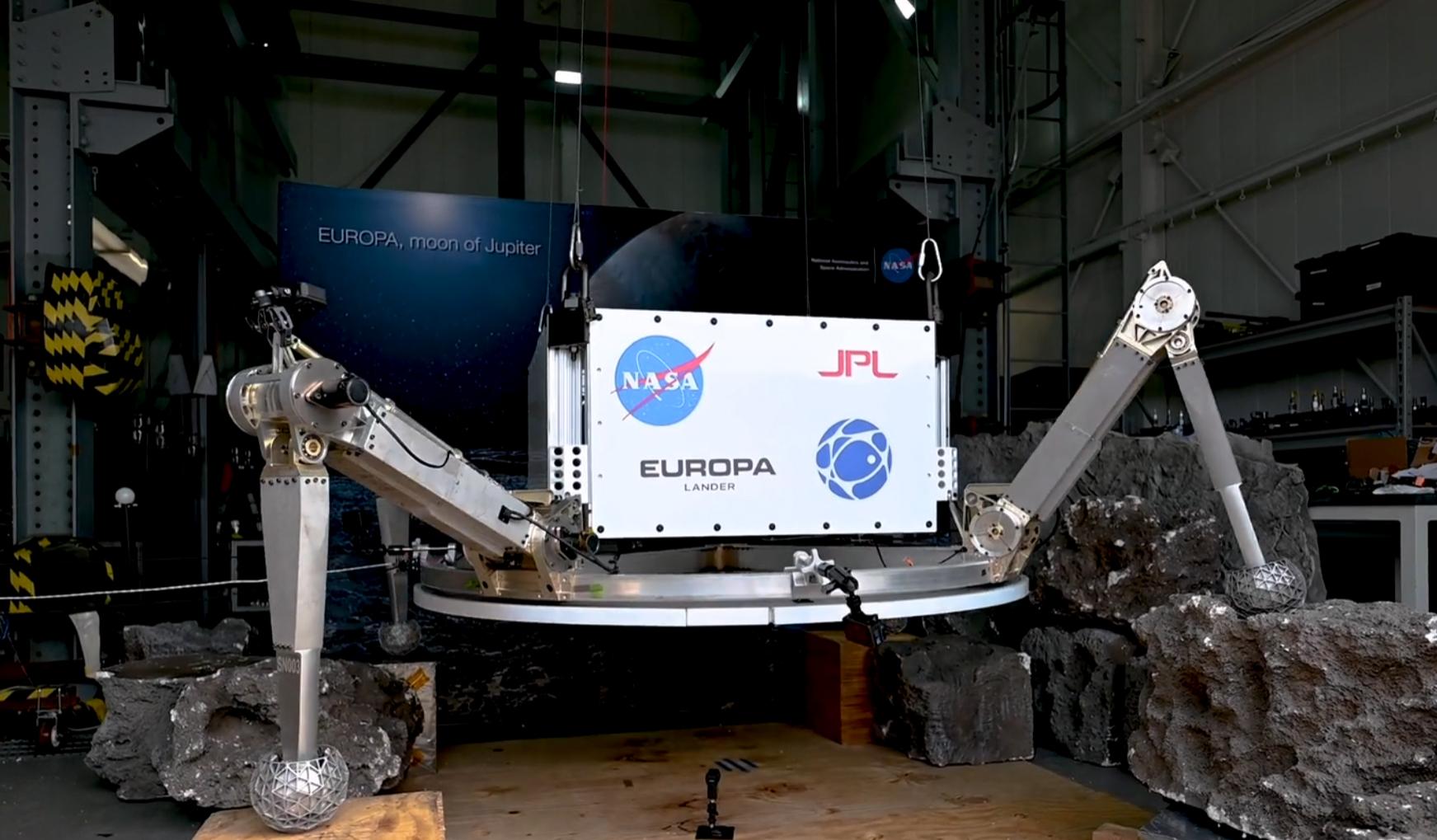By Andrew Jones
published 2 days ago
Submarines, it turns out, could have a big future in space exploration.
The subsurface oceans of the Jupiter moon Europa and Saturn satellite Enceladus are perhaps the most tantalizing places in the solar system in the search for alien life. But these water bodies remain out of reach, hundreds millions of miles away and beneath thick icy crusts.
Now, a European collaboration aims to break through some of the technological and physical barriers in the way of future exploration of icy moons and their waters, using Antarctica as a proving ground.
The TRIPLE-nanoAUV 2 project (TRIPLE stands for "Technologies for Rapid Ice Penetration and subglacial Lake Exploration," while AUV means "Autonomous Underwater Vehicle") is building craft that could melt their way through ice and then unleash tiny submarines to explore the dark, unknown depths at the South Pole — or on icy moons.
The nano-AUVs will be very small — 19.7 inches (50 centimeters) long and 3.9 inches (10 cm) in diameter — allowing them to be contained in an ice-melting probe. These will be supported by a Launch and Recovery System (LRS), which will act as an underwater docking station for AUVs, allowing them to transmit their collected data and charge their batteries.
https://www.space.com/scientists-test-s ... -enceladus


